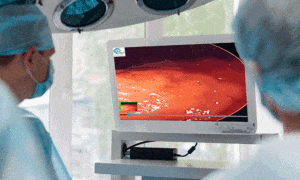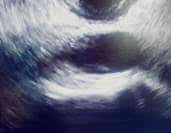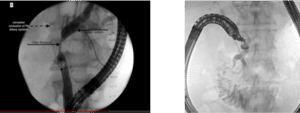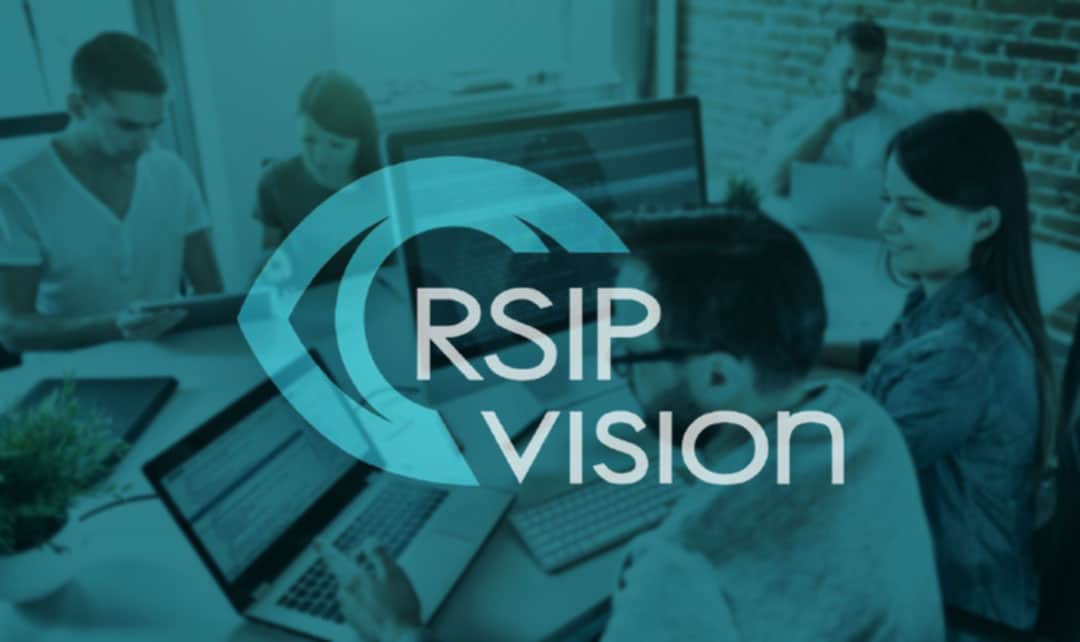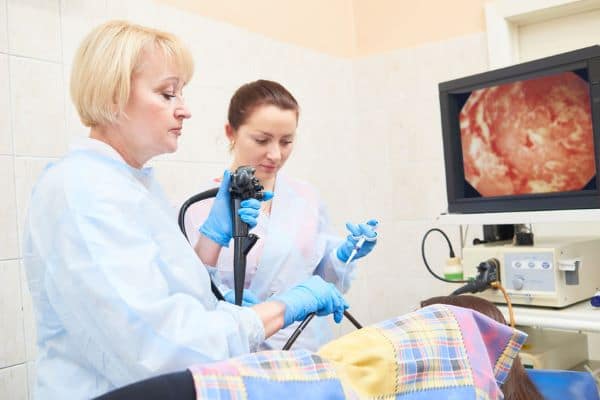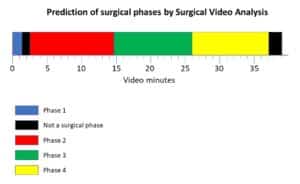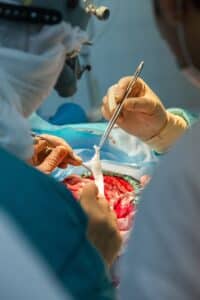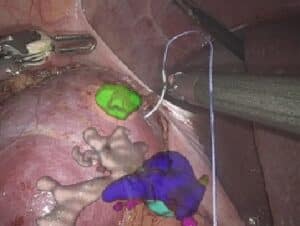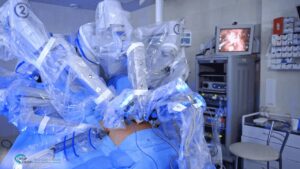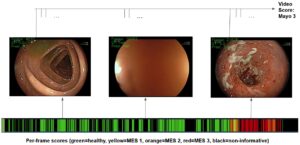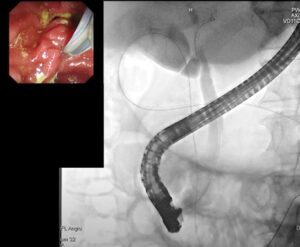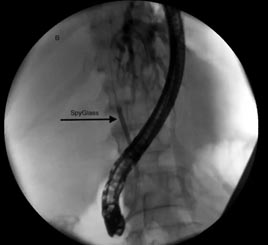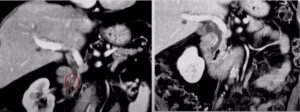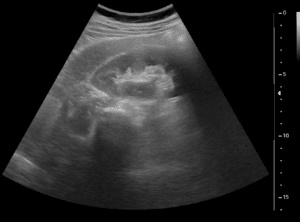
Improved PCNL with Computer Vision
Larger stones in the kidney and proximal ureter need to be treated with PCNL (Percutaneous Nephrolithotomy), a minimally invasive urology procedure intended to remove them. It is today a very effective procedure, as it can be operated via a relatively small opening with a reduced time of hospitalization. There is also a version of it called mini-PCNL, a tubeless procedure with an even smaller port of entry, while maintaining a similar rate of efficacy. More surgeons would be able to perform PCNL if the access part were made simpler. That

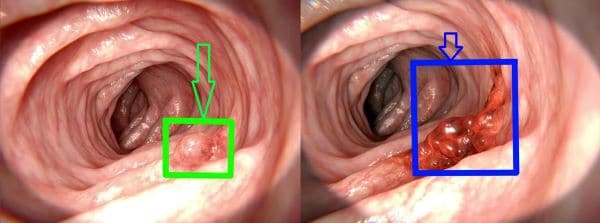
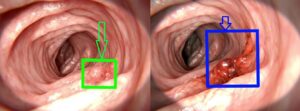



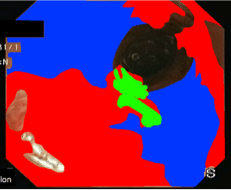 Pixel wise and instance segmentation of anatomy and abnormalities
Pixel wise and instance segmentation of anatomy and abnormalities
